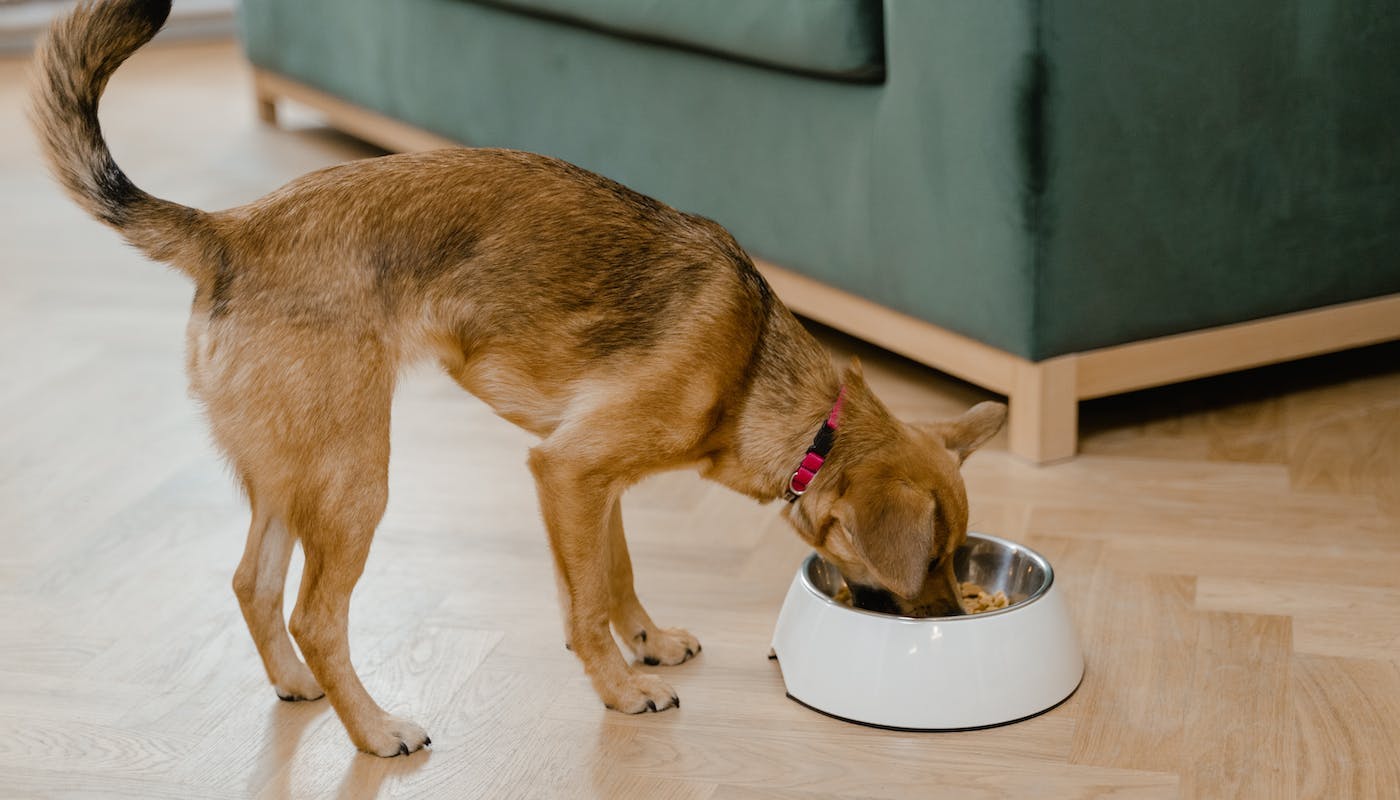Understanding Dog Food Regulation in the USA
The US Food & Drug Administration (FDA) monitors commercial pet food. They have laid down basic rules for manufacturers to follow – ensuring that your dog’s dinner is safe and nutritious.
What Does the Law Say About Pet Food?
The Federal Food, Drug, and Cosmetic Act (FD&C Act) informs the way that foods are produced in the USA. It requires that food is “safe, properly manufactured, and adequately labelled” (FDA.gov). In 2011, Congress passed the Food Safety Modernization Act, and this states that manufacturers must also have a food safety plan which is designed to prevent contamination.
Companies making animal food must register with the FDA and comply with the law, as well as following current best-practice guidelines.
It’s good to know there’s a legislative body monitoring the quality of the food that we give to our beloved dogs. In practice, what do the legal requirements mean for our dogs’ food?
It Must Be Safe to Eat
That means good ingredients and additives which are widely considered to be safe (GRAS).
When it’s describing a food type, Generally Recognized as Safe means:
- It’s been used since 1958 or earlier.
- There is a history of animals eating the food safely.
- Qualified animal nutritionists (or similar) agree it is safe.
- The food has been tested and reported in a reputable journal.
Companies are permitted to apply to the FDA if they wish to have a ‘new’ foodstuff or ingredient recognized for use in pet food. Interesting side note: you can read the latest applications herehttps://www.fda.gov/animal-veterinary/generally-recognized-safe-gras-notification-program/current-animal-food-gras-notices-inventory.
It Must Be Produced in Sanitary Conditions
This means that the manufacturer must evaluate and prevent food contamination. Companies are required to keep records about the training completed by their employees. Supervisors must be qualified and take additional food safety training to ensure that their facility operates safely.
These guidelines extend to the processing, packing and holding stages of manufacture, too. There is a lot to consider: hygiene and staff movements, design of the plant (to allow space for cleaning and maintenance), and even its surroundings. The Good Manufacturing Practice Guidelinehttps://www.fda.gov/files/animal%20&%20veterinary/published/CVM-GFI--235-Current-Good-Manufacturing-Practice-Requirements-for-Food-for-Animals.pdfs even include a safe approach to ventilation.
It Must Contain No Harmful Substances
The manufacturing guidelines are intended to guard against contamination, both during and after production. If companies wish to include a new ingredient (like alpha-Lipoic acid, recently suggested by Hills Pet Food), they must petition the FDA. The FDA can deny applications, generally because of a lack of evidence, which means the ingredients are not allowed in pet food recipes.
It Must Be Truthfully Labeled
For us dog owners, this is the big one.
Without a qualification in veterinary science or animal nutrition, it can be very difficult to assess pet food. We’re left staring at labels and puzzling over the scientific names of ingredients.
According to the FDA, pet food must be labeled with:
The product name
Did you know that a food labeled “Chicken & Beef” must be at least 95% chicken and beef? But “Beef Dinner” or “Beef Nuggets” need only contain 25% beef. “Dog Dinner with beef” could only contain 3% beef.
Product regulations are complex, so read the names carefully – then check the ingredients list to be sure you’re getting what you wanted.
The net quantity (- the total weight, excluding packaging).
The FDA notes that bags of dog food often appear to be a similar size – but one can contain more air than another! So check the price and quantity to calculate the actual cost-per-ounce. Otherwise you might not get the bargain that you’d expected.
Name and location of the manufacturer.
Note whether it is manufactured by or for, since the food could be imported. This information is provided so that you can write to complain or enquire about the food.
Ingredients, listed by weight.
You’ll often see meat listed near the top, but remember it is probably 75% moisture. ‘Meat meal’ – with horn and hide – sounds less appealing to humans but animals don’t care, and “it can contain more minerals than meat”, notes the FDAhttps://www.fda.gov/animal-veterinary/animal-health-literacy/pet-food-labels-general.
Optional: Dietary Claims.
If you see a claim on the packaging, such as “Supports dogs with kidney disease”, you can be reassured that the FDA will have investigated it and checked that there is evidence to support the claim.
Optional: Complete and Balanced.
If the food is labeled as “Complete and Balanced”, that means it meets the nutritional profile published by AAFCO. These profiles are regularly reviewed so you can be confident that a “complete and balanced” food provides your dog with all the nutrients they need, at the correct levels.
At Front of the Pack, we developed a dog food that’s good enough to eat. It’s so delicious that we print our ingredients on the front. Check out our new dog/food food and find out what’s got our dogs drooling!
